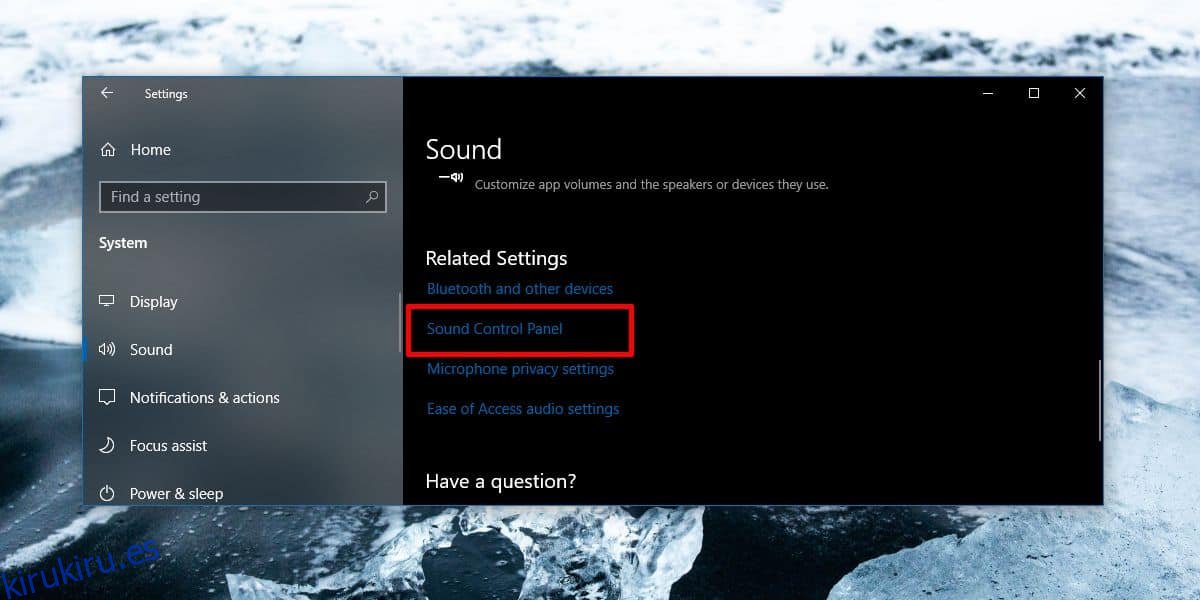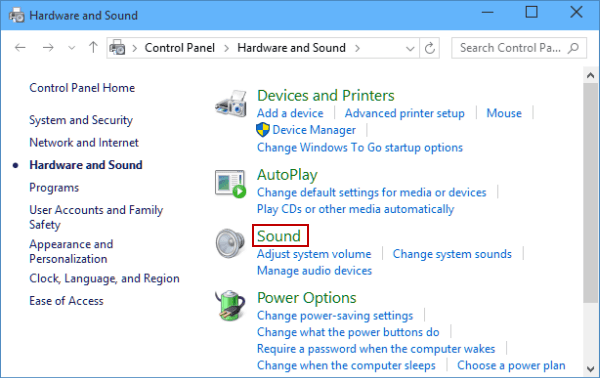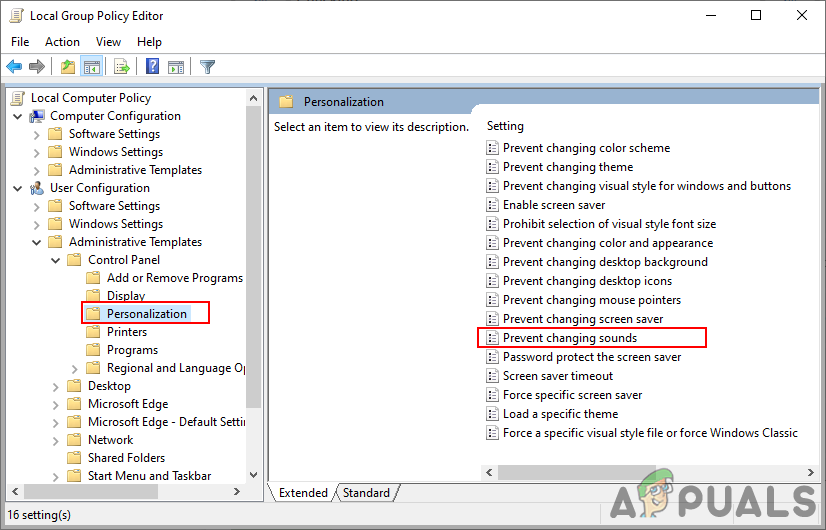

- Windows 10 sound control panel install#
- Windows 10 sound control panel skin#
- Windows 10 sound control panel windows 10#
- Windows 10 sound control panel for android#
- Windows 10 sound control panel software#
Use AutoHotKey to Control Windows 10 VolumeĪutoHotKey lets you create custom keyboard macros. Get your Rainmeter desktop customization journey underway with our simple guide to Rainmeter.Ĩ. There are a lot of Rainmeter skins out there, and a huge number of plugins and applets too, so you will find something that suits your requirements. Other Rainmeter skins come with integrated audio and volume control features. Minimal Volume Control adds an extremely basic but functional volume control bar to your desktop.AppVolumePlugin adds volume meters and volume control for individual apps.VolKnob adds a simple volume knob to your desktop that you turn by scrolling your mouse wheel (similar functionality to Nirsoft's Volumouse).Radian Linear Visualizer is a live audio visualization applet for your desktop complete with auto-updating album covers and a bunch of other customization options.
Windows 10 sound control panel skin#
Windows 10 sound control panel for android#
It has integrated file transfers, direct streaming from your Android device camera to your Windows machine, app launch support, specialized keyboards, and much more.ĭownload: PC Remote for Android | iOS (Free)ĭownload: PC Remote Server for Windows (Free) For instance, it has numerous built-in game controller configurations so you can use the PC Remote to control your favorite games. PC Remote has a bunch of extensive functionality, too.

Windows 10 sound control panel install#
You can then make a connection using Bluetooth or Wi-Fi, controlling the sound of your Windows 10 machine direct from your Android device.ĭownload and install PC Remote for WindowsĬonnect your Android device and computer to the same Wi-Fi network, or via BluetoothĬontrol the volume on your Windows 10 machine using the volume switch on your Android device or the slider within the PC Remote app Like Remote Mouse, you install PC Remote to your Android device and a server version to your Windows 10 desktop or laptop. Next up, you can use PC Remote for Android to control the sound on your Windows 10 machine. Control Windows 10 Sound Using PC Remote for Android You can use it as a keyboard or media controller, plus it has support for Boxee, XMBC, and Plex.ĭownload: Hippo Remote Lite for iOS (Free)ĭownload: Hippo Remote Lite Server for Windows | macOS | Linux (Free)Ģ. Volume control is far from the only thing Hippo Remote Lite does. You can easily turn your iOS device into a Windows 10 remote control.Ĭontrolling the volume is incredibly easy, too.ĭownload and install Hippo Remote Lite Server for Windows (also available for macOS and Linux)Ĭonnect your iOS device and computer to the same Wi-Fi network and create the connectionĬontrol the volume on your Windows 10 machine using the volume switch on your iOS device or the slider within the Hippo Remote Lite app Hippo Remote Lite offers a decent range of functionality for free. Hippo Remote Lite is a free iOS app that gives you remote control of your Windows 10 machine. Control Windows 10 Sound Using Hippo Remote Lite for iOS Use AutoHotKey to Control Windows 10 VolumeĬontrol Windows 10 Volume Using Mouse Gestures via StrokePlusġ. Use Audio and Volume Control Rainmeter Skins Restrict Volume Range in Windows 10 Using Speaker LockerĬontrol Windows 10 Volume Using Your Mouse WheelĬhange the Windows 10 On-Screen Volume Using 3RVX Use EarTrumpet to Control Individual App Volume in Windows 10

Here are some of the best ways to control the sound in Windows 10.Ĭontrol Windows 10 Sound Using Remote Mouse for iOSĬontrol Windows 10 Sound Using PC Remote for Android Now there are more ways to control the volume in Windows 10 than ever before.
Windows 10 sound control panel software#
However, Windows 10 plays well with smartphones, remote desktop connections, different software fixes, and more.

Back in the day, there were very few ways you could control the volume on your Windows computer.


 0 kommentar(er)
0 kommentar(er)
